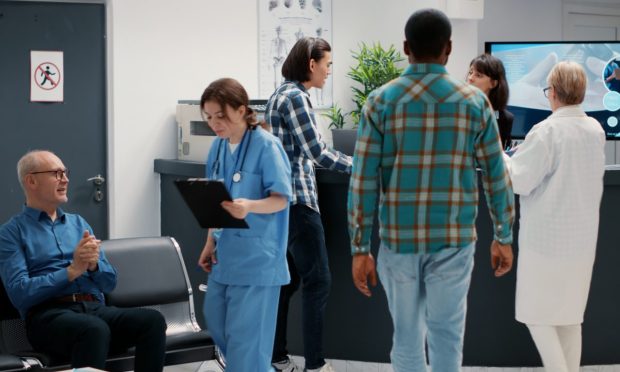RevSpring, Next Level Medical Partner on Patient Engagement

Healthcare payments provider RevSpring has launched a partnership with Texas health company Next Level Medical.
The collaboration, announced Wednesday (April 19), lets Next Level offer its patients “a connected and seamless healthcare engagement experience,” while eliminating data errors and administrative overhead, RevSpring said in a news release.
According to the release, the companies’ partnership has allowed Next Level to double its urgent care locations without adding new administrative staff. The admin workers it does have have been able to focus on “higher level revenue cycle work” rather than data entry that comes with entering patient data, validating insurance, or collecting copays.
“RevSpring understands the nuances of the healthcare business and what we are trying to achieve at Next Level. That is unique,” said Dr. Juliet Breeze, Next Level Medical founder and CEO. “Of the other technology companies we considered, the RevSpring solution most fully embraced our vision.”
Among the solutions RevSpring has offered, the release said, are a dashboard for staff monitoring of patient self-service activity, a virtual waiting room and digital forms that automate forms completion using optical character recognition (OCR).
As PYMNTS wrote recently, the healthcare sector might be one of the industries most primed for a digital revamp.
“As the pandemic recedes, some things linger,” we wrote last month.
“We’re used to getting more done online, from checking in for doctors’ appointments through apps to scheduling telehealth appointments to getting prescription refill requests sent via text to paying online, too, of course.”
All the same, healthcare is still fertile ground for tech-driven improvement, as paper invoices are still common, and services remain fragmented: Doctors may not be completely linked with hospitals, charts may be paper-based and a continuum of care becomes hard to put together.
But as the report “The “ConnectedEconomy™ Monthly Report: The Evolving Digital Daily Edition” showed, the levels of engagement across 10 pillars of interaction, from banking to “having fun,” have been on the rise.
PYMNTS’ research finds that consumers are using digital tools 15% more compared to last year, including in the healthcare field.
“Using apps and hardware — the watches, etc., that track fitness and relay critical health-related data to consumers (and can do so for providers, too) — is decidedly a younger person’s game,” PYMNTS wrote.
Another area where the healthcare sector has some catching up to do is real-time payments. Findings in the March PYMNTS/Corcentric report “Digital Payments: Expanding the Payments Palette” show that healthcare firms offer nearly six payment methods per company on average, lagging behind the finance and insurance sector.
“The low current acceptance rate of real-time payments marks the start of its consumer-facing offering within the sector, however,” we wrote.
“Healthcare firms’ overall increased payment option acceptance reflects a larger push to meet customer demand — and minimizes the risk of losing them to other providers. Indeed, 92% of healthcare companies not currently investing in real-time payments plan to in the future.”

